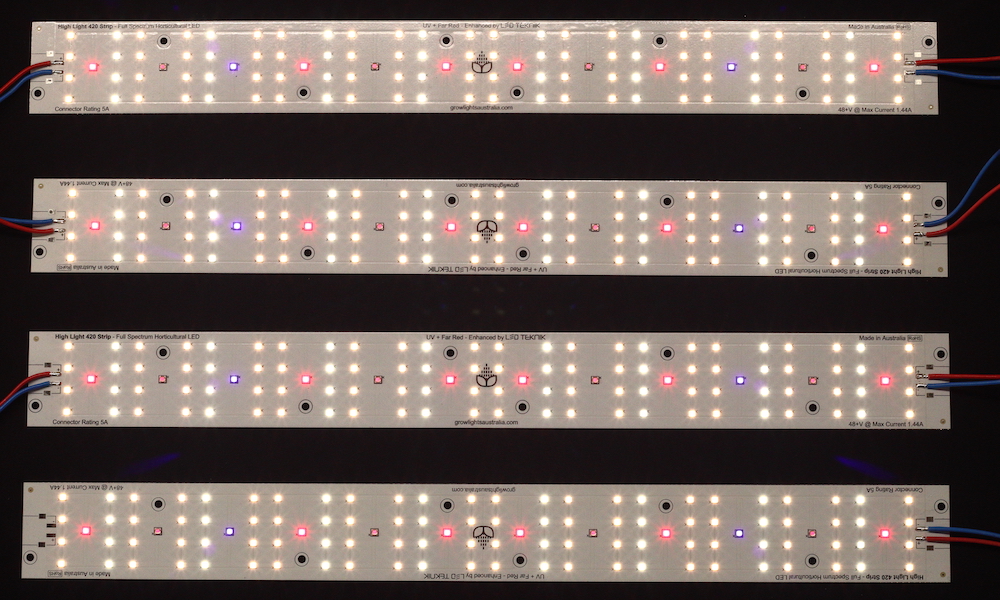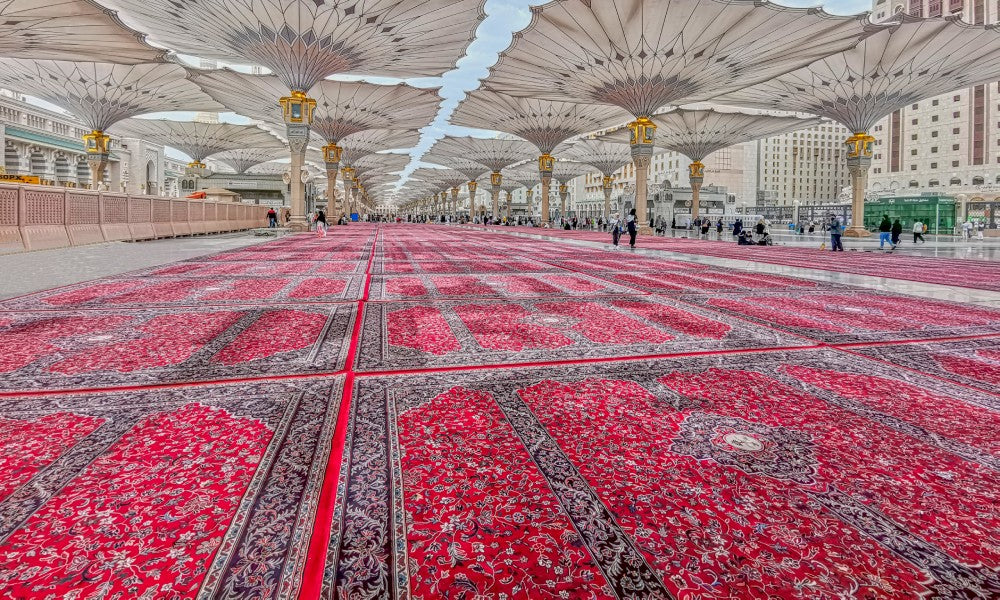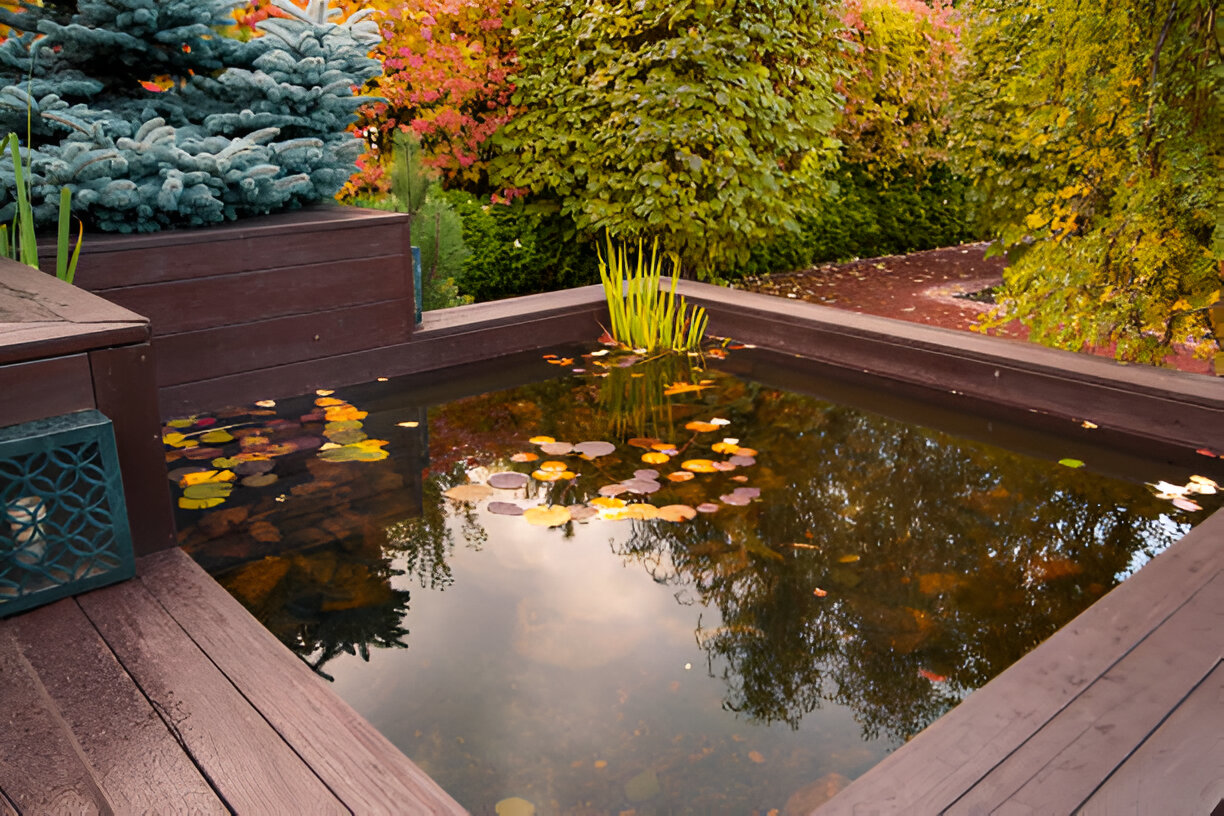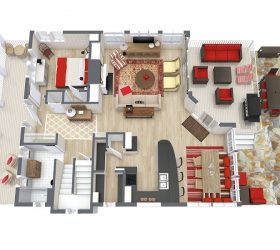In recent years, LED lighting has transformed the way we illuminate spaces, offering energy efficiency, versatility, and a sleek design that traditional bulbs can’t quite match. From cozy home interiors to vast commercial complexes, LED technology is everywhere. Among the many types of LED lighting, two stand out for their adaptability and growing popularity: LED strip lights and LED modules. Understanding these can help you appreciate the innovation lighting designers and manufacturers bring to the table today.
Introduction to LED Lighting Technology
LED, short for Light Emitting Diode, is a semiconductor device that emits light when an electric current passes through it. Unlike incandescent bulbs that burn out quickly and use a lot of energy, LEDs are known for their longevity and efficiency. The journey of LED lighting began decades ago but gained momentum as technology advanced, making LEDs accessible and affordable for everyday use. Now, LEDs power everything from streetlights to smartphone screens.
Understanding LED Strip Lights
So, what exactly are LED strip lights? Think of them as flexible circuit boards studded with tiny LED chips, designed to emit light in a continuous, even line. This flexibility makes LED strip lights popular for creative lighting solutions. You can find them tucked under kitchen cabinets, lining the edges of ceilings, or accenting architectural features. Their slim profile allows for installation in tight spaces where traditional bulbs wouldn’t fit.
LED strip lights offer several benefits: they consume less power, produce minimal heat, and can be cut to fit specific lengths. Plus, they often come with adhesive backing, making installation straightforward even for DIY enthusiasts. Unlike harsh overhead lights, LED strips provide gentle, indirect illumination that can be customized in color and brightness, adding ambiance to any room.
The Role of an LED Strip Lights Manufacturer
Behind every quality LED strip light is an expert led strip lights manufacturer who combines technology, design, and precision. Manufacturers are responsible for sourcing high-quality components, assembling them carefully, and testing the final product to meet performance standards. While you might not always notice, the differences in LED strip lights such as brightness, color accuracy, and durability often come down to the expertise and standards of the manufacturer.
Manufacturing LED strip lights isn’t just about mass production; it involves innovation in materials and production techniques to ensure the lights are flexible, reliable, and safe. Some manufacturers also tailor products to specific needs, offering variations in waterproofing or voltage to suit different environments.
Deep Dive into LED Modules
LED modules share similarities with strip lights but come with distinct features. They typically consist of multiple LEDs mounted on a small board, complete with connectors for easy installation. Unlike strip lights that provide a continuous light line, led modules produce more focused points of light, making them ideal for signage, backlighting, or highlighting particular areas.
What makes LED modules stand out is their modularity. They can be combined in various configurations, allowing designers to create lighting layouts that are both functional and artistic. Because of their robust design, LED modules are also suitable for outdoor use, often built to withstand weather conditions.
Integration of LED Strip Lights and Modules in Modern Lighting
The true magic happens when LED strip lights and modules work together. For example, strip lights might create an ambient glow along a ceiling, while modules highlight architectural details or signs. Their complementary nature allows lighting designers to play with depth, intensity, and focus, crafting environments that are both efficient and visually appealing.
This integration also supports energy-saving goals, as LEDs use significantly less power than conventional lighting while maintaining brightness and clarity. It’s a win-win for aesthetics and sustainability.
Key Factors to Consider When Choosing LED Strip Lights and Modules
Choosing the right LED lighting involves more than picking a product that looks good. Energy efficiency is a major consideration, as LEDs consume less electricity and generate less heat, reducing overall costs and cooling needs. Durability matters too especially for outdoor installations where weather resistance is key.
Light quality is another crucial factor. The color temperature of LEDs affects mood and functionality; warmer lights create cozy atmospheres, while cooler lights suit task-oriented spaces. Installation ease and compatibility with existing electrical setups can influence the choice as well.
Lastly, sustainability is increasingly on the minds of consumers and designers. LEDs are recyclable and contain no hazardous materials like mercury, making them an environmentally friendly option compared to some traditional lighting.
Future Trends in LED Strip Lights and Modules
Looking ahead, LED lighting continues to evolve with innovations such as smart lighting systems that integrate with home automation, allowing users to control brightness and color via smartphones or voice commands. Advances in materials and chip technology promise even greater efficiency and flexibility, opening up new possibilities for creative lighting designs.
As the industry grows, we can expect LED strip lights and modules to play a larger role not only in aesthetics but in energy conservation and smart building systems.
Conclusion
LED strip lights and LED modules represent a fusion of technology and design, offering lighting solutions that are adaptable, efficient, and visually engaging. Whether used individually or together, they provide an effective way to illuminate spaces with precision and style. As LED technology continues to advance, these lighting components will likely remain at the forefront of innovative illumination, encouraging users to explore options that fit their unique needs and spaces.




